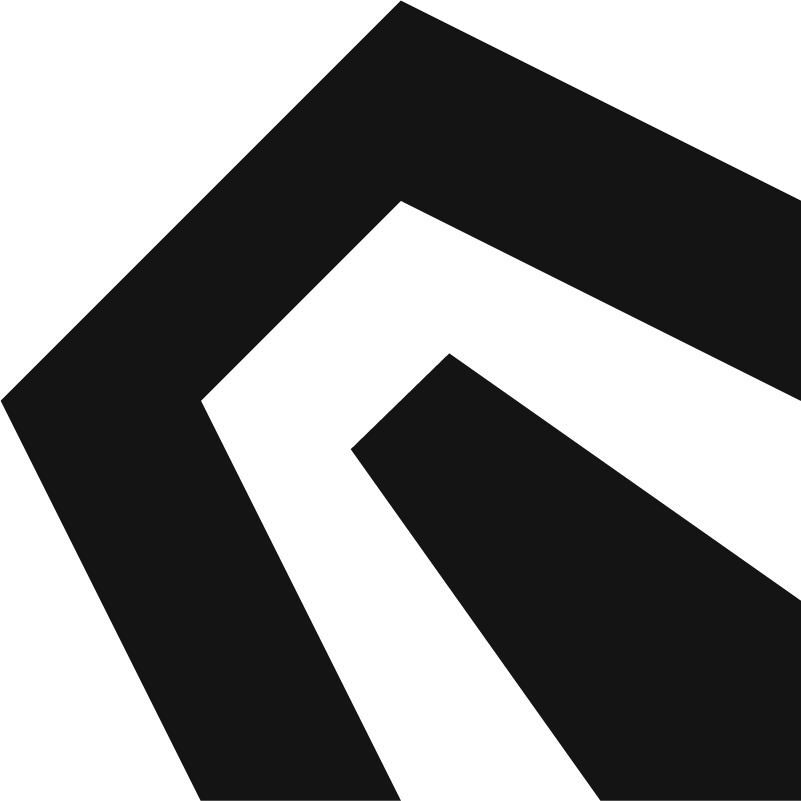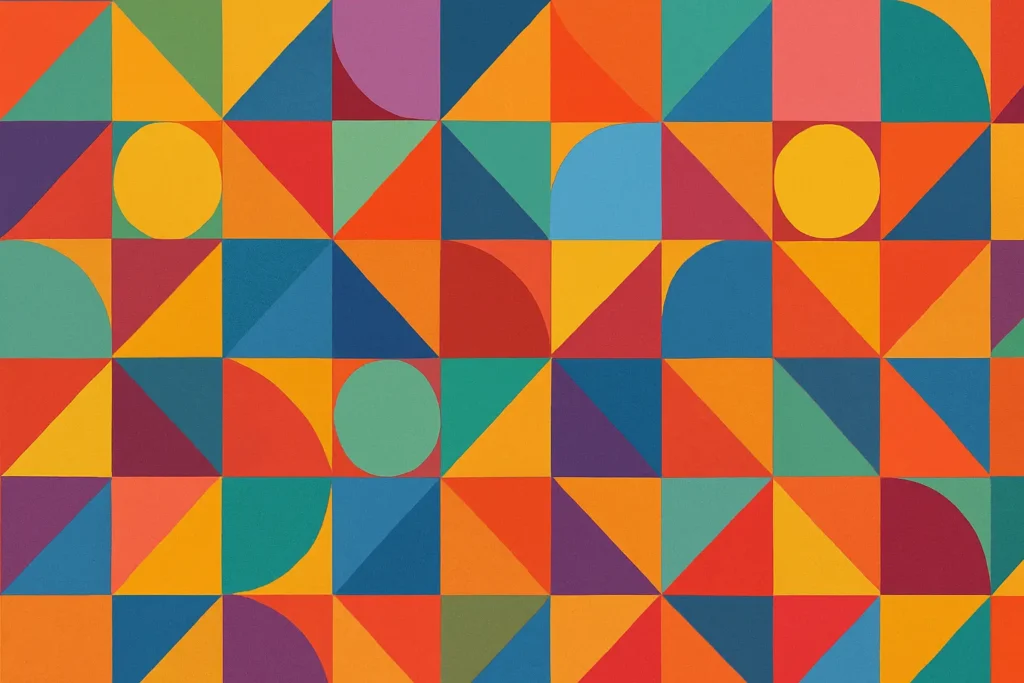Graphic Design 101: A Way to Get Started for Graphic Designing in 2025
If you’ve ever scrolled through Instagram, picked up a product because of its packaging, or paused at a billboard just because it looked so good—you’ve experienced the power of graphic design.
And here’s the thing: in 2025, design isn’t just an industry skill. It’s a language.
Whether you’re a student, a freelancer, or someone who’s just curious about turning creativity into a career, the design world today is more exciting—and more accessible—than ever before.
So, if you’ve been wondering, “Where do I even start?”, consider this your beginner-friendly map.
If you’ve ever scrolled through Instagram, picked up a product because of its packaging, or paused at a billboard just because it looked so good—you’ve experienced the power of graphic design.
And here’s the thing: in 2025, design isn’t just an industry skill. It’s a language.
Whether you’re a student, a freelancer, or someone who’s just curious about turning creativity into a career, the design world today is more exciting—and more accessible—than ever before.
So, if you’ve been wondering, “Where do I even start?”, consider this your beginner-friendly map.
What is Graphic Design, Really?
Forget the idea that graphic design is just “making things look pretty.”
At its core, design is visual problem-solving. It’s how you communicate ideas without saying a word.
From the app you’re using to read this, to your favorite café’s menu, to the ad that made you click “buy now”—design lives everywhere.
It blends art + communication to guide people, create emotions, and tell stories.
Forget the idea that graphic design is just “making things look pretty.”
At its core, design is visual problem-solving. It’s how you communicate ideas without saying a word.
From the app you’re using to read this, to your favorite café’s menu, to the ad that made you click “buy now”—design lives everywhere.
It blends art + communication to guide people, create emotions, and tell stories.
Forget the idea that graphic design is just “making things look pretty.”
At its core, design is visual problem-solving. It’s how you communicate ideas without saying a word.
From the app you’re using to read this, to your favorite café’s menu, to the ad that made you click “buy now”—design lives everywhere.
It blends art + communication to guide people, create emotions, and tell stories.
Examples you see daily:
Social Media: Eye-catching posts on Instagram that stop you mid-scroll.
Packaging: That chocolate bar you chose because it “just looked better.”
Websites: A layout that feels so natural you don’t even think about where to click.
Mindset First: Things to Know Before You Begin
Before you open Photoshop or sign up for a Figma account, here’s the truth:
Design is a skill, not magic. And like any skill, it needs patience, practice, and persistence.
A few things to keep in mind:
Creativity is built. It’s like a muscle—you grow it by using it.
Experiment without fear. The best ideas often come from trial and error.
Trends are tools, not rules. Learn why something works before following it.
Before you open Photoshop or sign up for a Figma account, here’s the truth:
Design is a skill, not magic. And like any skill, it needs patience, practice, and persistence.
A few things to keep in mind:
Creativity is built. It’s like a muscle—you grow it by using it.
Experiment without fear. The best ideas often come from trial and error.
Trends are tools, not rules. Learn why something works before following it.
Before you open Photoshop or sign up for a Figma account, here’s the truth:
Design is a skill, not magic. And like any skill, it needs patience, practice, and persistence.
A few things to keep in mind:
Creativity is built. It’s like a muscle—you grow it by using it.
Experiment without fear. The best ideas often come from trial and error.
Trends are tools, not rules. Learn why something works before following it.
Before you open Photoshop or sign up for a Figma account, here’s the truth:
Design is a skill, not magic. And like any skill, it needs patience, practice, and persistence.
A few things to keep in mind:
Creativity is built. It’s like a muscle—you grow it by using it.
Experiment without fear. The best ideas often come from trial and error.
Trends are tools, not rules. Learn why something works before following it.

